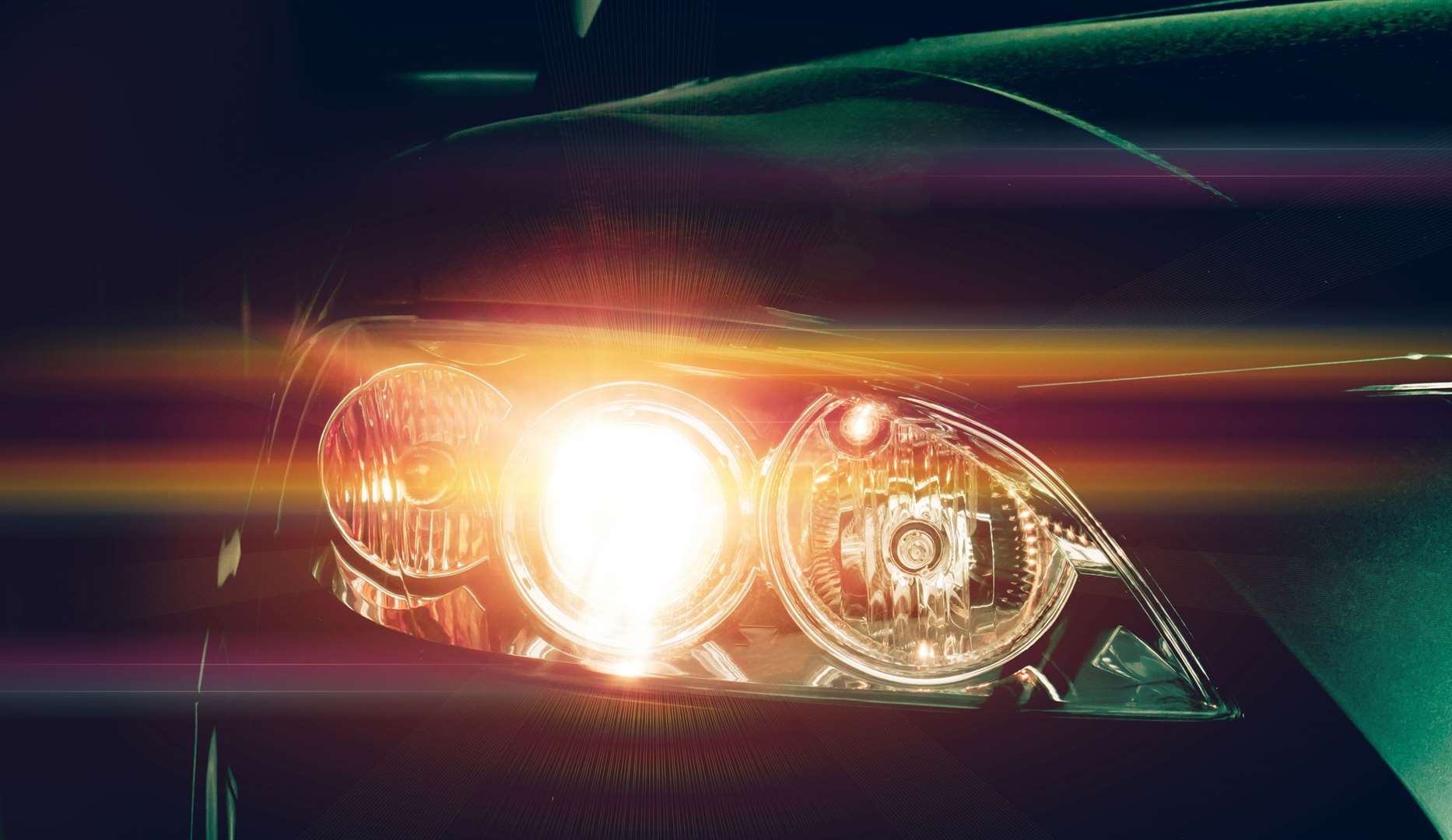RAC welcomes government pledge to look into the issue of headlight glare
Campaigners are welcoming a government pledge to look into the issue of headlight glare amid fears that they have become too bright and are at risk of causing accidents.
The RAC, which in January called on the government to urgently investigate the issue[1], has welcomed plans by ministers to commission independent research.

RAC road safety spokesperson Rod Dennis said: “The fact the Government has listened to drivers’ concerns and heeded our calls to examine the complex issue of headlight glare in more detail marks a real turning point.
“The topic has undoubtedly struck a chord with motorists up and down the country, with many people contacting us directly to call for something to be done.”
A recent RAC study, among 2,000 motorists, found that 89% of those questioned think that some headlights are now too bright - with two thirds admitting to needing to slow down considerably until they can see properly again as a result of the oncoming glare.
An increase in the number of vehicles being fitted with new LED lights, has been suggested as a possible cause - with the new bulbs likely to give off a more intense and focused beam than when compared to the conventional ‘yellower’ halogen bulb.
Alongside the increasing prevalence of LED lights, the problems may also be being caused by badly aligned headlights suggested RAC research released back in January.

A Freedom of Information request submitted to the Driver and Vehicle Standards Agency (DVSA) in November 2023 shows that since 2019, an average of 1.6m, or 5%, of Class 4 vehicles – which includes passenger cars – failed their MOTs because of poor headlight aim.
Rod Dennis added: “Brighter headlights, while giving drivers a better view of the road ahead, are clearly causing other road users significant problems. As many as nine-in-10 drivers tell us they believe at least some car headlights are too bright, while 14% of drivers aged 65+ say they have stopped driving altogether as a result of being dazzled.
“An independent study provides a golden opportunity for the Government and industry to get to the bottom of the problem, identify the factors involved and map out a way forward.
“We look forward to working with the Department of Transport to help ensure the study is as robust as possible and drivers’ voices are heard.”
International rules requiring new cars to have mandatory automatic headlight levelling depending on the weight being carried in the vehicle were agreed by the UN last April and are expected to come into force in the autumn of 2027.

The RAC has also said it would like to see road crash data record more accurately the number of traffic incidents that might be associated with headlight glare.
Baroness Hayter, who leads the group LightAware which campaigns for safe lighting added: “This is a victory for all those drivers affected by glare who’ve complained to their MP, signed the parliamentary petition, or indeed sought help from an optometrist – only to discover the problem was with headlights, and not their eyes.
“This is an issue the RAC has long campaigned on and I am delighted the Government has recognised there is a real problem. We look forward to discussing its research in due course.”
References
- ^ urgently investigate the issue (www.kentonline.co.uk)